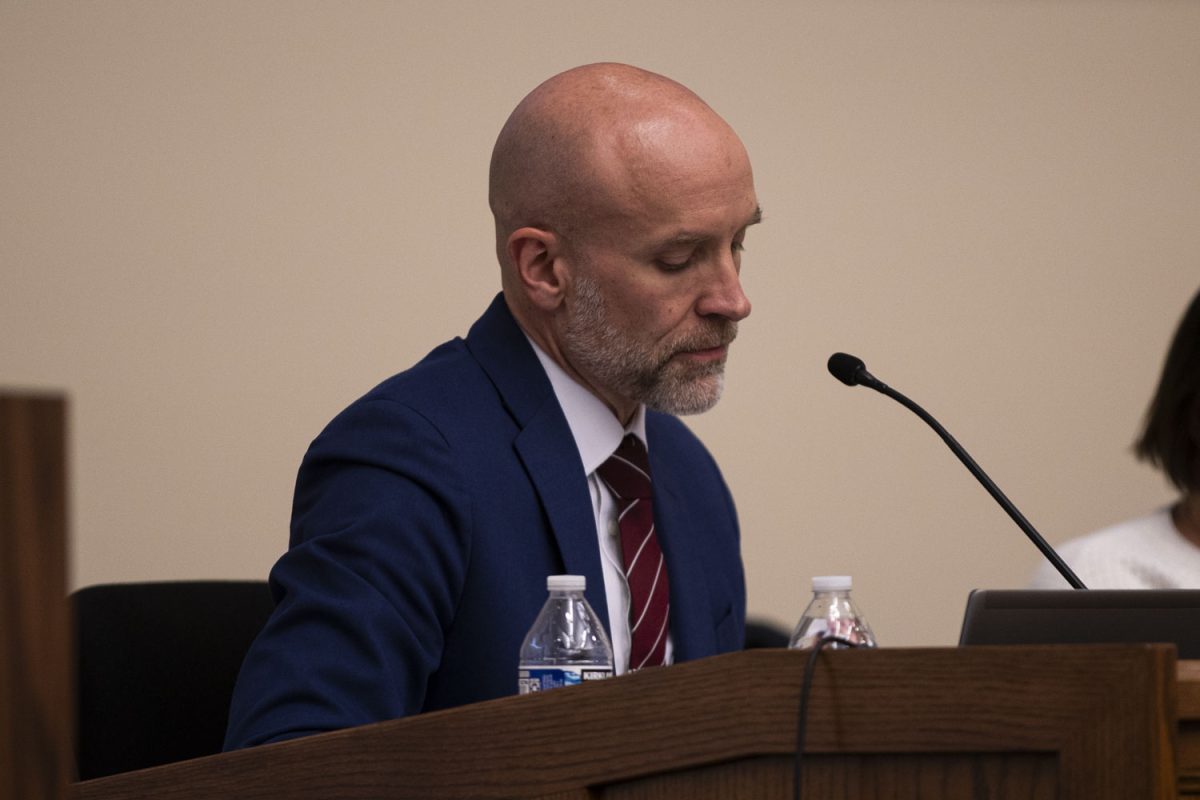Congress passed the Healthy Hunger-Free Kids Act in 2010, and just three years later, officials both nationally and locally are working to nullify specific guidelines within it.
“There was a fair amount of pushback from kids and different people about [the restrictions],” said Alison Demory, the food-services director for the Iowa City School District. “They didn’t think it was enough and kids were going away hungry.”
The Healthy Hunger-Free Kids Act added new guidelines and restrictions to school districts across the countries. These new rules put restrictions on the amount of breads and meats schools could offer per week, in addition to offering a wider range of vegetables. For example, the guidelines state that schools must have grain items that include 50 percent or more whole grains by weight or have whole grains as the first ingredient.
But last fall, the federal government granted waivers nationwide to the restrictions on protein and grains in order to allow more time for school districts to get acclimated to the changes.
“They knew the goal was to get kids to eat healthier and kind of combat some of those increases in childhood obesity,” Demory said. “We needed to have products we could get the kids, but the manufacturers just weren’t there yet.”
In order to allow the districts and manufacturers to catch up, the government nullified the grain and protein restrictions last fall through this spring, and it will continue to void them through next year.
Regardless, schools are still required to meet other guidelines such as calorie limits.
Schools can provide a larger serving size of meats and grains and stay within the calorie count without surpassing limits on these items.
Demory said the meal-planning team faces a unique challenge as it aims to present filling meals for a variety of sizes of students with differing activity levels.
“Greatly different calorie needs — that’s been our challenge, to have guidelines that fit the needs of a wide range of students. [The act] gives a flexibility to meet those challenges,” she said.
Despite Demory’s support of Congress’ intention to lift the ban, one School Board member doesn’t agree.
“We have a responsibility to provide balanced and excellent nutrition,” board member Sarah Swisher said. “I support pretty tight regulations. I think it’s important that we follow what I think should be even stronger nutritional guidelines.”
The School Nutrition Association, a national nonprofit organization that works to provide parents and schools with resources for healthy eating, formally endorsed the bill, along with two companion bills.
“We have endorsed all three of those because we agree there’s definitely a need for more flexibility for meal planning,” said Diane Pratt-Heaver, a spokeswoman for the School Nutrition Association.






